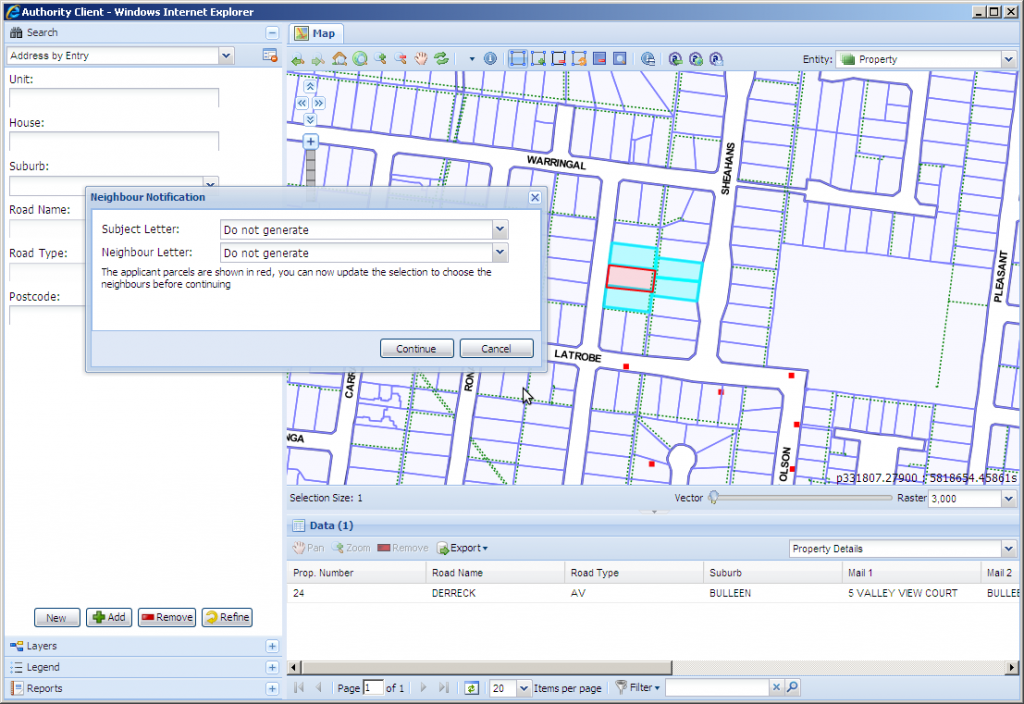Weave Integration
Investment over 15 years has yielded well-developed application integration capabilities featuring a collection of Enterprise Application Adapter assets to render automated and extensible cross IT systems connectivity.
Weave Integration Resources
Weave is a systems integration and Information delivery framework for rapidly combining disparate IT systems in an easy to use environment. Weave provides a very powerful set of tools for integrating corporate information systems and applications, and for viewing, searching, editing, and reporting across these systems without needing to know the integrated systems.
The Cohga team has decades of experience with systems integration and can assist you achieve greater outcomes with your existing information resources.
INTEGRATION CONCEPTS FOR THE PRACTITIONER
Weave Systems Integration
Weave provides integration capabilities from the application (browser) and server sides. The Weave server provides three Integration Engines - map engine, spatial engine and data engine - that allow rapid integration of disparate data from multiple enterprise systems (internal and external). In addition, the Weave Server makes use of the Apache Camel Integration framework for developing complex system integrations based on widely used Enterprise Integration Patterns (EIPs). Third party application integration is carried out using Cohga's Weave Hub technology, which allows for two-way interaction between Weave clients and local enterprise solution clients such as Infor Pathway, HP TRIM, etc. Weave also has an API to allow other applications to tightly integrate with and make use of the capabilities of Weave.Weave Integration Concepts
Weave provides five levels of integration:- Integration Engines – direct integration;
- Integration Framework – complex integration;
- Application to Application Integration;
- Application Programming Interface (API);
- Tight Database Trigger Integration.
INTEGRATION CONCEPTS FOR ARCHITECTS AND MANAGERS
Weave Business Integration Framework
Weave Business Integration Framework (WBIF) is a full-stack computer software with User Interface, Application Middleware, Integration Middleware and Database Server as its main Architecture blocks. Out-of-the-box WBIF provides rich Enterprise Integration capabilities. The traditional implementation model is for Cohga consultants to conduct Requirements discovery and gathering, which includes identification of source systems to be integrated using WBIF. Based on the specific data sources, the Enterprise Application Adapters are either configured (for those existing adapters) or custom adapters are built for those data sources without existing adapters. The full stack can be classified on a high-level Architecture perspective as Client Architecture and Server Architecture. Client Architecture – consists of various technology serving different functions to end-users. A client component commonly used both for administration and daily operations is a web-browser based client. It supports most major modern web browsers like Internet Explorer, Google Chrome and Mozilla Firefox. There is also a client Application Integration Module (client-side integration) used to integrate with applications within Asset Management, Property Management, Document Management and Geospatial applications. The last component is the Command Line Interface console which is an alternative front-end for administration functions. The Client Architecture is extensible for integration with 3rd party clients using REST APIs exposed by the API Gateway component of the Server. Server Architecture – built on the Java EE specification and the OSGi framework, providing extensive functionality across application and data integration based on Apache Camel. The Server Architecture is traditional enterprise grade layered architecture which includes Security, API Gateway, Application Server, Integration Middleware, Database Server, plus function specific servers like Reporting, Search, Map Engine, Spatial Engine and Logging-and-Auditing. Read more here.WEAVE APPLICATION INTEGRATION MODULES
WeaveHub
With the use of WeaveHub, a technology developed by Cohga, a Weave browser can be controlled from a Windows application and vice-versa.WeaveHub underpins several extension modules of the Weave family of products called Application Integration Modules (AIM). These modules allow the Weave browser to invoke a third party application with parameters (usually the selected entities) and also allow the third party desktop application to start or invoke a Weave browser with a set of entities as the current selection.
Application Integration modules enable functions according to the capabilities of the third party application’s API.
Proclaim Application Integration Module
The Weave/ProClaim integration module provides a two way link between Weave and the Property & Rating product from Technology 1 (formerly known as ProClaim). The module enables ProClaim to call on the Weave interface to display information and conversely, Weave can call on ProClaim to display information.
Pathway Application Integration Module
The Weave/Pathway integration module provides a two way link between Weave and Pathway, the product for local government administration produced by Infor. Pathway can call on Weave to display information and Weave can call on Pathway to display information.
Confirm Application Integration Module
The current Weave/Confirm integration module supports a two way link between Weave and Confirm, the asset management system from Pitney Bowes. With this module, Confirm can send the current set of assets to the Weave browser for display (and for the reselection of assets based on other criteria) and Weave can send the current set of assets for display in Confirm. In addition Weave can have them saved as a named selection in Confirm or have Confirm display its asset selection screen.
Assetmaster Application Integration Module
The current Weave/AssetMaster integration module supports a two way link between Weave and AssetMaster, the asset management system from InfoMaster. AssetMaster can send the current set of assets to Weave for display and Weave can send the current set of assets for display in AssetMaster. Currently Internet Explorer is the only browser supported for this type of integration.
The link supports the following functions:
Weave to AssetMaster:
- Locate Asset
- Locate Catalogue
- Link to Asset/Catalogue
- Create Work Order
- Add to Work Order
- Locate Work Order
- Return to AssetMaster
AssetMaster to Weave:
- Show Weave
- View Selected Assets in Weave
Authority Application Integration Module
The current Weave/Authority integration module supports a two way link between Weave and Authority, the local government administration product suite from Civica. That is Authority can send the current set of assets to Weave for display and Weave can send the current set of assets for display in Authority.
The link supports the following functions:
Weave to Authority:
- Display Properties in Authority
- Neighbourhood notifications (mail merge)
- Bulk Property Correspondence (mail merge)
- Property Bulk Update
Authority to Weave:
- Display Properties in Weave

Custom Application Integration Modules
Cohga can quickly and efficiently create a custom application integration module to suit any particular application in your organisation. The Cohga developers have extensive experience in this field and have perfected a method to deliver high quality application-level integration with a quick turnaround.

